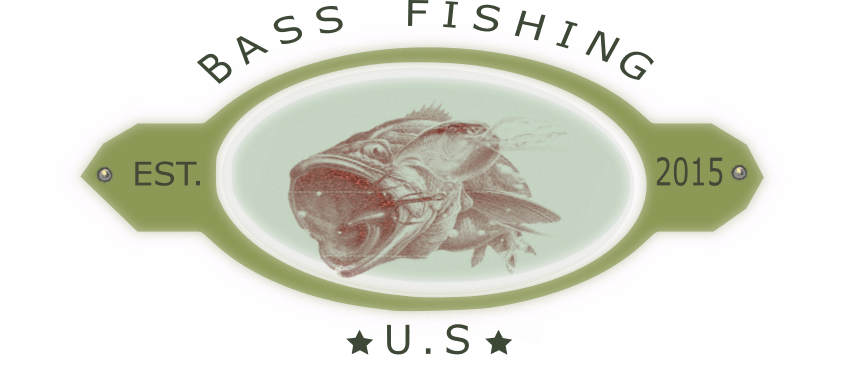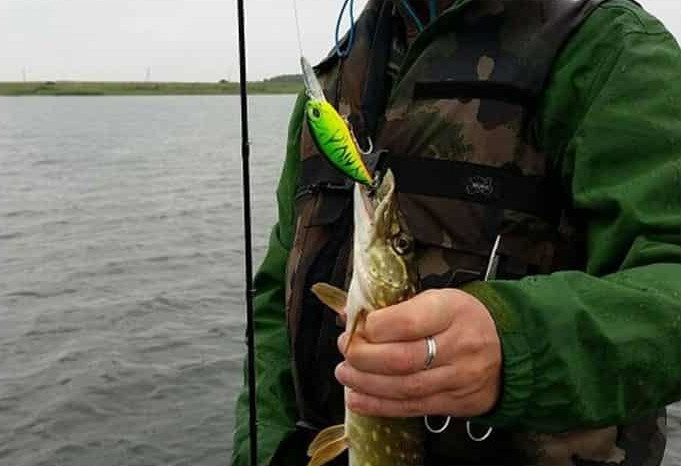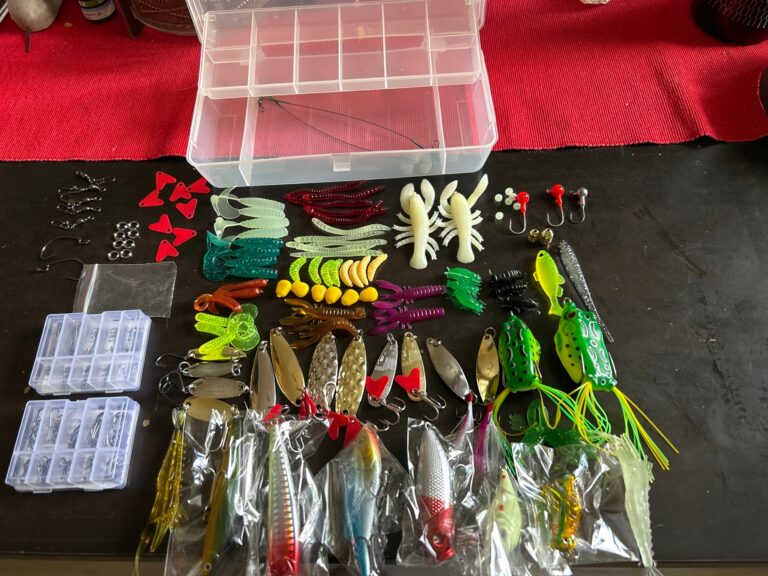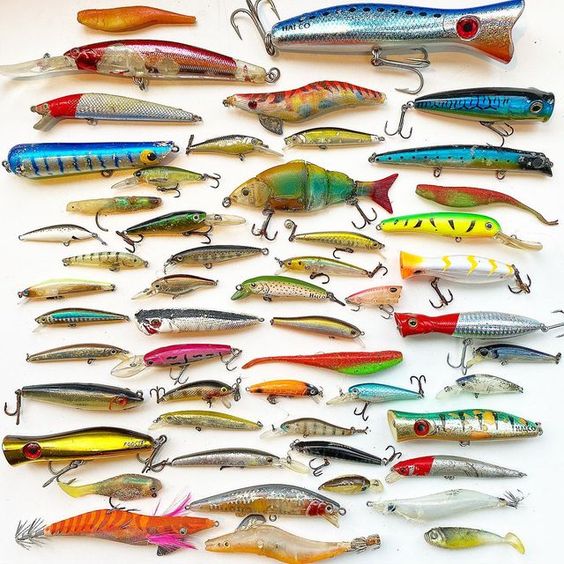The Art and Science of Topwater Lures
The Art and Science of Topwater Lures: An In-Depth Look at Their Form and Function
Introduction: The Thrill of Topwater Fishing
There’s something incredibly thrilling about topwater fishing. The moment of suspense, the explosive surface strike, and the ensuing battle between angler and fish – it’s a form of angling that is as exciting as it is effective. But have you ever stopped to consider what makes a topwater lure so irresistible to our underwater adversaries? In this article, we’ll dive deep into the world of topwater lures, exploring their form, function, and ingenious design principles behind these captivating devices.
The Anatomy of a Topwater Lure
A topwater lure is a work of precision and innovation. It requires a delicate balance of form, functionality, and aesthetics. At a glance, it might seem like a simple piece of equipment, but delve a bit deeper, and you’ll discover a range of complex design elements. Here, we break down the anatomy of a topwater lure into its core components and explore how each aspect contributes to its overall performance.
Body Material
Every great lure starts with a well-designed body, and the choice of material significantly influences its overall effectiveness. The body material determines the lure’s buoyancy, movement in the water, and how it stands up to the teeth of a hungry fish.
Early topwater lures were often made from wood, a material that is both buoyant and easy to carve. It allows for a variety of shapes and designs. However, wood is also susceptible to water damage and might not withstand repeated attacks from larger, more aggressive fish.
Modern topwater lures are commonly crafted from plastic or other composite materials. These materials offer a balance of durability, buoyancy, and design flexibility. Plastic lures can be manufactured in a virtually endless variety of shapes and colours, and they can incorporate features like internal rattle chambers for added attraction.
Hooks
Arguably the most critical component of any fishing lure, the hooks, are what actually secure the fish once it bites. Topwater lures typically feature two or three treble hooks, which are attached to the body of the lure via split rings. The position, size, and sharpness of these hooks can significantly impact the lure’s hook-up ratio.
Many topwater lures feature hooks on the belly and at the tail. This design ensures that whether a fish strikes from below or pursues from behind, there’s a good chance it will get hooked. Some lures even include a rotating or “dressed” hook at the tail to create more movement and flash, further attracting fish.
Paint and Finish
While it’s true that fish don’t care how good a lure looks to the human eye, the paint and finish of a topwater lure play crucial roles in attracting fish. Fish are visually oriented predators, and a lure’s colour scheme can mean the difference between enticing a strike and being ignored.
In clear water conditions, natural, subdued colours tend to work best. These mimic the appearance of real baitfish and can fool even the most wary targets. In contrast, in murky or stained water, bright, flashy colours can be more effective as they stand out and provide a clear visual target for fish.
Beyond colour, the finish of a lure can also affect its performance. A glossy finish can reflect light and add a level of realism to a lure, while a matte finish can reduce glare and offer a subtler presentation. A good finish also protects the underlying material from water damage and helps the lure last longer.
Together, these components – the body material, hooks, and paint and finish – combine to create a topwater lure that is designed to entice, hook, and hold onto fish. But the magic of topwater lures doesn’t stop at their physical design. In the following sections, we’ll explore how these lures work and how they can be used to make your next fishing trip a success.
The Science of Topwater Lures, How they Work
The thrill of topwater fishing lies in the visual spectacle of a fish breaking the surface to snatch a lure. But what triggers this dramatic response? To understand this, we need to delve into the world of predatory fish behaviour and examine how topwater lures employ a blend of science and artistry to convince fish to strike.
The Science of Topwater Lure Attraction
Predatory fish, such as bass, are wired to respond to potential prey in their vicinity. This response is triggered by certain cues, including visual stimuli, vibrations, and sounds. Topwater lures are designed to imitate the actions of wounded or distressed prey on the water’s surface, exploiting these triggers to attract predatory fish.
The movement of a topwater lure across the water’s surface creates a disturbance, causing ripples and splashes that imitate those made by actual prey. This disruption can be seen, heard, and felt by fish in the vicinity, prompting them to investigate and potentially strike the lure.
Furthermore, the unpredictable and erratic motion of a topwater lure, coupled with the fish-like aesthetics of the lure itself, adds to the illusion of a real, vulnerable prey animal. This makes it almost irresistible for opportunistic predators looking for an easy meal.
The Art of Retrieval
Once a topwater lure has captured the attention of a fish, the manner in which the lure is retrieved can greatly impact the likelihood of a strike. Different retrieval techniques can impart different types of action to a lure, mimicking various forms of prey and appealing to different predatory instincts.
For example, a steady, straight retrieve can mimic the smooth swimming action of a healthy baitfish, while a more erratic retrieve, with sudden jerks and pauses, can emulate the actions of a wounded or distressed fish. The ‘walk-the-dog’ retrieve, commonly used with stick baits, produces a side-to-side action that has been proven highly effective for numerous species.
Additionally, the speed of retrieval is also a crucial factor. Some fish may prefer a fast-moving target, while others may be more enticed by a slow, meandering prey. The key is to experiment with different retrieval speeds and styles until you find what works best under the given conditions.
By combining the scientific understanding of fish behaviour with the art of retrieval, topwater lures can prove to be a lethal weapon in the angler’s arsenal. In the following sections, we’ll explore different types of topwater lures and delve into the nuances of their designs.
Types of Topwater Lures and Their Functions
Topwater lures come in a variety of shapes and sizes, each designed to mimic different types of prey and create specific types of action on the water’s surface. Let’s delve into some of the most popular types and their unique functions.
Poppers
Poppers are characterised by their concave or flat faces, which create a loud popping sound and a splash when jerked sharply. This mimics the action of a distressed baitfish or a frog at the surface, catching the attention of predatory fish. They are a great choice for still water conditions or when fish are seen feeding at the surface.
These lures feature one or more propellers at the front, back, or both. When retrieved, the spinning propellers churn the water, creating vibrations and bubbles that attract fish. They can be particularly effective in choppy water conditions where the added disturbance helps to make the lure more noticeable.
Stick Baits
Also known as “walk the dog” lures, stick baits are designed to zig-zag across the surface when retrieved with a rhythmic twitching motion. This side-to-side action imitates a wounded fish, a highly attractive sight for predatory fish. Stick baits often require a bit more skill to use effectively, but the results can be spectacular.
Buzz Baits
Buzz baits are a type of spinnerbait designed for surface use. They feature a large, rotating metal blade that “buzzes” across the water, creating a disturbance and leaving a bubble trail. The noise, vibration, and wake created by buzz baits make them excellent for low light conditions or in discoloured water.
Frogs
Topwater frog lures are designed to mimic the shape, colour, and swimming action of real frogs. They are usually made from soft plastic and feature two upward-facing hooks. These lures excel in heavy cover conditions such as lily pads and grass mats, where natural frogs would typically be found.
Understanding the specific functions of each type of topwater lure can help an angler choose the right lure for the given conditions, increasing their chances of a successful catch. As with all fishing tactics, practice and experimentation are key to mastering the use of these lures.
The Role of Size, Shape, and Colour
In the world of topwater lures, size, shape, and colour are more than just aesthetic choices. These factors play a crucial role in how effectively a lure can attract fish and provoke a strike. Let’s take a closer look at the importance of each.
Size Matters
The size of a topwater lure can influence both the species and size of fish it attracts. Larger lures are more likely to catch the eye of bigger, more aggressive fish. However, they may intimidate smaller fish or species that prefer smaller prey.
On the flip side, smaller lures may not attract larger fish but could be more effective for smaller species or when the fish are feeding on small baitfish. The key is to match the size of your lure to the size of the fish you’re targeting and the size of the natural prey in the area.
Shape and Movement
The shape of a lure determines its movement in the water, which is crucial in mimicking the type of prey you want to represent. A lure shaped like a slender fish, for example, will move differently from a lure shaped like a frog. A fish-shaped lure might dart and dive, while a frog-shaped lure might move in a hopping or skittering manner.
By choosing a lure shape that mimics the movement of the natural prey in your fishing area, you can greatly increase your chances of attracting the attention of predatory fish.
Colour: A Visual Cue
The colour of your lure plays a significant role in how easily fish can spot it. In clear water, natural, subdued colours tend to be most effective. These colours blend with the environment and mimic the colour of real baitfish, making them more likely to fool wary fish.
In contrast, in murky or stained water, brightly coloured lures can be more effective. These colours stand out against the dark water, providing a clear target for fish to aim at.
However, it’s essential to note that fish do not see colours the same way humans do. What might seem garish and unnatural to us could be highly attractive to a fish. Experimentation is key when it comes to choosing lure colours.
In summary, size, shape, and colour are all important factors in the effectiveness of a topwater lure. By understanding the role of each, you can make more informed choices when selecting lures, leading to more successful fishing trips.
The Future of Topwater Lure Design
Innovation is a constant companion in the world of topwater lure design. From the materials used to create lures to the technologies incorporated into their design, the drive to improve performance, mimic prey more realistically, and increase catch rates is unrelenting. But what does the future hold for these essential tools of the angling trade?
Advanced Materials
The search for new materials to construct topwater lures will continue as we strive for lighter, stronger, and more durable options. Expect to see lures made from composite materials, high-tech plastics, and even bio-derived substances. These advanced materials will allow for the creation of lures that are more lifelike, resilient, and efficient.
More Lifelike Designs
The evolution of 3D printing and scanning technologies means that future topwater lures will look more realistic than ever before. Detailed, multi-coloured prints can replicate the appearance of real fish down to the scales, while realistic movements can be engineered with precision. This realism will help to fool even the most cautious of fish, increasing the chances of a successful strike.
Smart Lures
The future of topwater lure design could also be smart. With advancements in technology, we could see lures equipped with microchips or sensors that allow for the remote control of lure action, release of scents, or even the emission of sound frequencies known to attract certain species of fish. This high-tech approach could make fishing more successful and intriguing than ever.
Sustainability
As environmental consciousness grows, the future of topwater lure design will also consider sustainability. From using materials that are biodegradable or less harmful to the environment to incorporating designs that minimise the risk of lost or discarded lures, the future of topwater lures will be as much about preserving the joy of fishing for future generations as it is about increasing catch rates.
In conclusion, the future of topwater lures looks exciting. With continuous advancements in materials, technology, and design techniques, we can look forward to a new generation of lures that will not only improve our fishing experience but also contribute to a more sustainable future. As always, the goal remains the same: to create a lure that can deceive the most cunning of fish and deliver the thrill of that much-anticipated strike.
Summary and Conclusion
Over the course of this in-depth exploration, we’ve traced the journey of topwater lures from their basic beginnings to the intricate designs we see today. We’ve learnt that the effectiveness of these lures is not just down to chance but is intricately tied to their form and function.
Topwater lures offer a unique blend of excitement and challenge. The thrill of witnessing a fish strike at the water’s surface is unmatched, and the strategic element of choosing the right lure based on size, shape, and colour adds a deeper layer of complexity to the art of angling.
We’ve delved into the anatomy of topwater lures, understanding how every element, from the body and the lip to the hooks, plays a crucial role in their performance. Furthermore, we’ve explored how different types of topwater lures are designed to mimic various kinds of prey, offering anglers a broad spectrum of options for different fishing conditions and target species.
The significance of the size, shape, and colour of topwater lures has been highlighted, underlining the need for careful selection based on the target fish and the specific conditions at hand.
As we’ve seen, the world of topwater lure design is not static. It evolves with every new advancement in technology and materials, and even our growing awareness of the need for sustainability. We can expect this progress to continue into the future, with more realistic, efficient, and eco-friendly lures on the horizon.
In conclusion, topwater lures are not just tools; they’re an amalgamation of art, science, and nature, designed to trick one of nature’s best hunters – the fish. As anglers, understanding these lures’ form and function, their history, and their future developments allows us to engage more deeply with the sport we love. It helps us to make informed decisions that can increase our success and enrich our experience on the water.
So, the next time you cast a topwater lure out into the water, remember – there’s a lot more to that lure than meets the eye!
FAQs
1. What are the key factors to consider when choosing a topwater lure?
When choosing a topwater lure, you should consider the species of fish you’re targeting, the prey that fish usually feeds on, and the conditions you’ll be fishing in. These factors will influence the size, shape, and colour of the lure you should use. Additionally, the type of action you want your lure to have (like popping, walking, or skittering) will also play a role in your choice.
2. How important is the retrieval technique when fishing with topwater lures?
The retrieval technique is crucial when fishing with topwater lures. The way you retrieve your lure can mimic different types of prey, like an injured fish or a scurrying frog, which can trigger a fish’s predatory instinct. Therefore, understanding and mastering different retrieval techniques can significantly improve your success rate.
3. What is the impact of a lure’s size, shape, and colour on its effectiveness?
The size, shape, and colour of a lure directly affect its visibility and its ability to mimic a particular type of prey, thereby influencing its effectiveness. Size can dictate the type and size of fish you attract, while shape can affect the lure’s movement and the type of prey it mimics. Colour can determine how well fish can spot the lure, especially in different water conditions. Balancing these elements to match your fishing conditions and target species can greatly enhance your lure’s effectiveness.
4. What types of fish can be caught with topwater lures?
Many species of fish can be caught with topwater lures, including bass, pike, muskellunge, and various types of saltwater species. The key is to choose a lure and retrieval technique that effectively mimics the natural prey of the fish you’re targeting.
5. What’s next for the future of topwater lure design?
The future of topwater lure design is likely to involve more lifelike and realistic lures, thanks to advancements in materials and 3D printing technology. We may also see the introduction of “smart lures” equipped with sensors or microchips for a more targeted fishing experience. Moreover, as sustainability becomes a significant concern, we can expect the development of more eco-friendly lures that minimise environmental impact.















Leave a comment